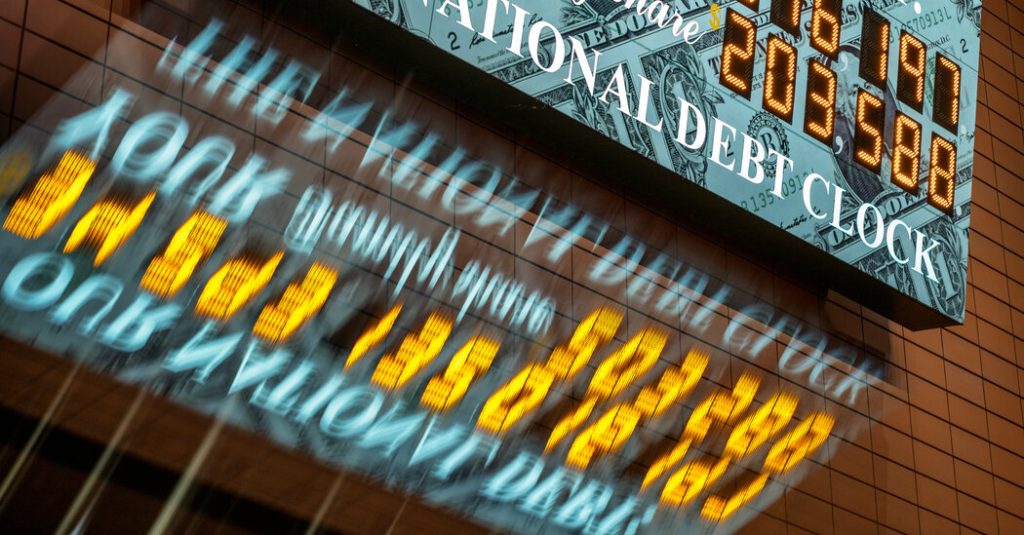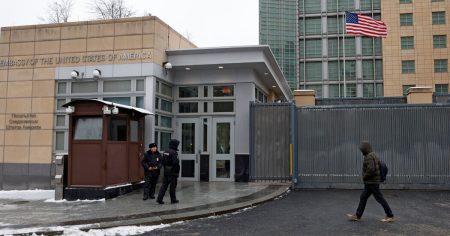Over the past few decades, the federal government of the United States has borrowed a significant amount of money in response to national emergencies and to fund important expenditures. This borrowing spree was motivated by low interest rates and confidence that the costs of carrying such debt would be manageable. However, interest rates have since risen, leading to significant interest payments on the federal debt. By this year, the country is expected to spend $870 billion, or 3.1 percent of GDP, on interest payments, exceeding the defense budget. As rates increase, the costs of borrowing for both the government and private individuals also rise, causing economic difficulties.
Higher debt levels can result in increased interest rates, making borrowing more expensive for everyone and limiting economic growth. The potential for a debt spiral, in which borrowing to service debt becomes unaffordable, is a worrying concern for the future. Historically, nations that spend more on interest payments than on defense have faced decline, and the United States risks falling into a similar path. Excessive debt can also lead to inflation, crowding out private borrowing, and limiting the ability of future administrations to invest in growth-enhancing programs and respond to emergencies.
Despite facing increased economic risks, the United States continues to borrow at a time when global tensions are rising, and the cost of programs like Social Security and Medicare is growing with an aging population. While borrowing during the Covid pandemic was necessary and has bolstered the economy, the lack of focus on deficit reduction is troubling. Both political parties are proposing significant spending initiatives, further adding to the national debt. Congress has prioritized giveaways over fiscal responsibility, making it difficult to pass measures that would reduce spending or increase revenue.
The responsibility for addressing the growing debt burden ultimately lies with the voters. In the past, public pressure led to deficit reduction efforts, but such urgency is currently lacking. Voters have yet to connect the dots between high government debt and its impacts on interest rates and economic growth. It may take a major shift in public sentiment for policymakers to prioritize debt reduction over spending initiatives. The current gamble on favorable economic conditions and rosy scenarios may not pay off in the long run, necessitating a more prudent approach to fiscal policy.
In conclusion, the United States is facing significant economic risks due to its growing debt burden and the potential consequences of continued borrowing. While immediate spending has been necessary to address emergencies and support economic recovery, the lack of focus on deficit reduction and fiscal responsibility is concerning. Without addressing the root causes of the debt problem, the country risks economic decline and limited future opportunities for growth and investment. It is essential for policymakers and voters to prioritize long-term sustainability and prudent financial management to avoid the negative impacts of excessive debt.















